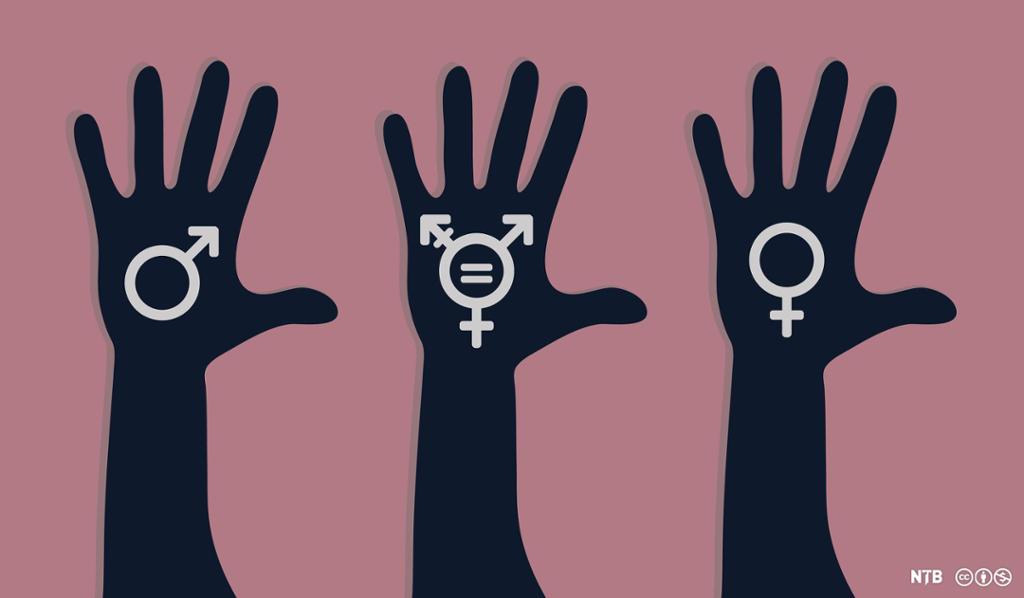Inclusive Language

When we want to use inclusive language, we have to set aside stereotypes and terms that reduce or diminish others to a preconceived idea of who they are. We have to focus on addressing others as individuals, and realise that no one can be defined and understood simply by ethnicity, sexual orientation, gender identity, or having a disability. Consider the following questions:
Is there a difference between saying 'they are disabled', and 'they have a disability'?
Is there a difference between saying 'she is wheelchair bound' and saying 'she uses a wheelchair'?
Is there a difference between saying 'she is autistic' and saying 'she is a person with autism'?
Is there a difference between saying 'those who are gay' and saying 'those among us who are gay'?
Putting the person first also means accepting that it is not up to us to define what is acceptable or unacceptable to say. For example, there is research that suggests that people with autism prefer to be called 'autistic', while 'person with autism' is preferred by doctors and health professionals.
Gender-neutral language
Gender-neutral language is language that does not assume that one specific gender is dominant or normal. The purpose of gender-neutral language is to avoid vocabulary that can be seen as discriminatory, biased, or demeaning. Progress towards gender neutral language has been ongoing for a long time. We no longer hear a police officer referred to as a policeman, or a nurse referred to as a sister.
The move towards more gender inclusive language began with feminism. As women made their way into more and more professions, they demanded that the terms used and associated with those professions be changed to reflect that women could also hold these jobs. Becoming a fireman, a chairman, a congressman, a businessman, a cameraman, a mailman, or a salesman might be difficult to picture for a girl looking for a path in life. Replacing these terms with gender neutral terms makes it easier for anyone to choose the profession they want.

In the past, language has tended to be heteronormative. This is language that assumes that everyone identifies as either male or female, and that people only have relationships with members of the opposite sex. As the acceptance for the LGBTQ+ community has grown, there has been a move towards making language less heteronormative.
An example of heteronormative language that we often encounter is when we get an official form that asks us to tick a box to say if we are male or female.
Another example is starting a letter to someone we don't know in English. We can say 'Dear Mr/Ms', or 'Dear Sir', but there is no alternative that doesn't assume that our reader identifies as one of the two genders. A third alternative is 'To Whom it May Concern', but that seems less friendly.
'They' was first used as a singular pronoun in 1375. In the mid-1800s grammarians began to regard it as an error, and a rule was introduced that said that if the gender of the person was unknown, the pronoun 'he' should be used. In the 1970s, people started to voice the opinion that this practice was sexist, and 'he/she' began to be used. In oral language, 'they' continued to be used as a singular pronoun throughout this period.
With increased awareness of the many gender identities that exist, 'he/she' began to feel reductive. In Scandinavia, the new pronoun 'hen' was introduced to create more inclusive language. In English, the use of the pronoun 'they' is encouraged, in writing as well as speech.
Using a plural pronoun to indicate an individual, may make us unsure whether the verb form should also be singular. However, the rules are that 'they' used to mean one person, requires plural form of the verb so it is 'they are' rather than 'they is'.
When writing about race, ethnicity, or national origin, first consider if it is relevant and necessary to include the information.
Consider the difference between these two sentences. What do you think is the message the writer wishes to convey?
A Somali student was arrested for being drunk and disorderly on campus.
A student was arrested for being drunk and disorderly on campus.
It is especially important to be sensitive when writing about race, because race is a social construct, and many may not identify with your perception of race. When writing about race, ethnicity, or national origin, focus on seeing the person.
It is better to say that someone is a Black person, rather than that someone is Black. Similarly, when talking about a group, it is better to say for example Black citizens, rather than Blacks. Note that the word 'black' should be capitalised when it refers to race.
Use specific nationalities rather than continents. If someone is Japanese, say that they are Japanese or from Japan, rather than that they are Asian, or from Asia. If we want to talk about a group from different Asian countries, use for example Asian people, rather than just Asians.
We will also often come across terms that groups perceive as offensive, for example 'Indian' for 'Native Americans', or 'coloured people' for 'people of colour'. In those instances it is up to each of us to gain awareness and avoid those terms.
Language is not a constant, it changes over time and with use. It can be hard to keep up with those changes, or to be aware of all the different ways that exclusion occurs.
What we should do, is keep an open mind. Why are these changes happening? What was wrong with the way it was before? If we become aware that the words and phrases we use cause pain for other people, should we not be willing to change?
Work in a group.
Do you think inclusive language is important?
Is it possible to use language that includes everyone?
Why does the way we use language change over time?
Is there any of information in this article that you think is incorrect or incomplete? – What would you change and why?
Do you think young people are good at using inclusive language?